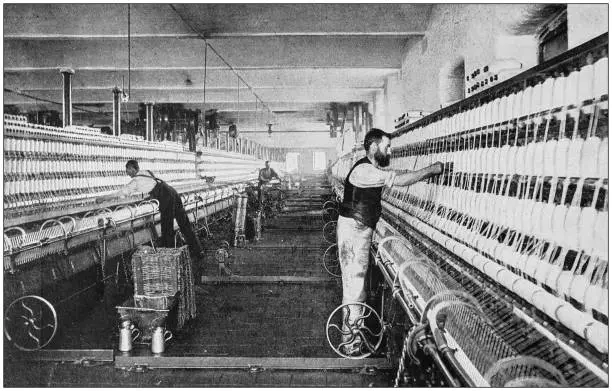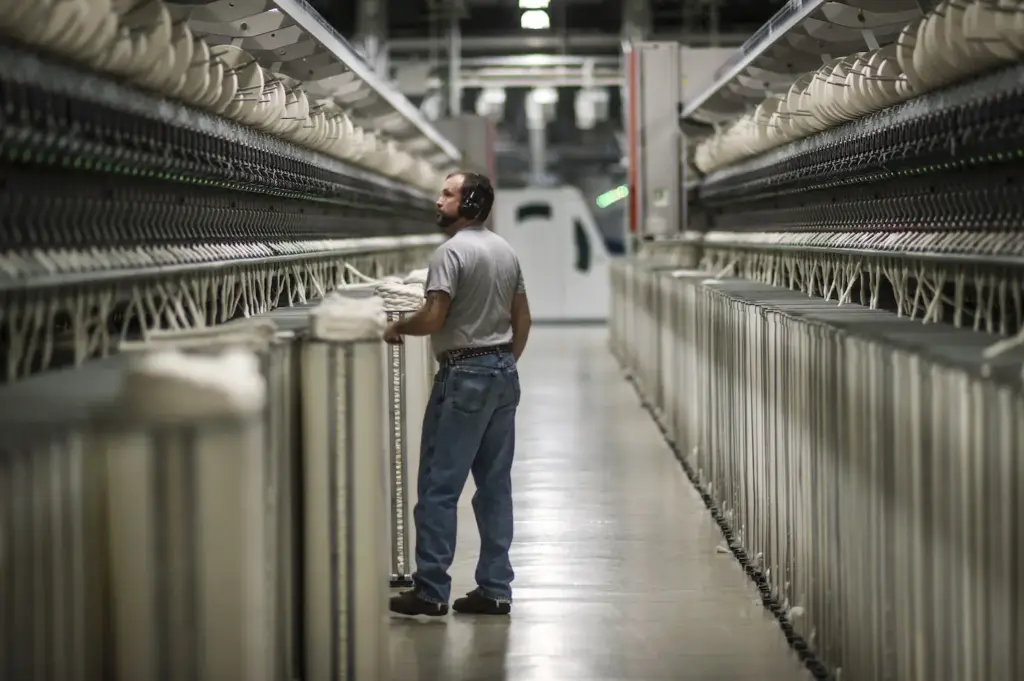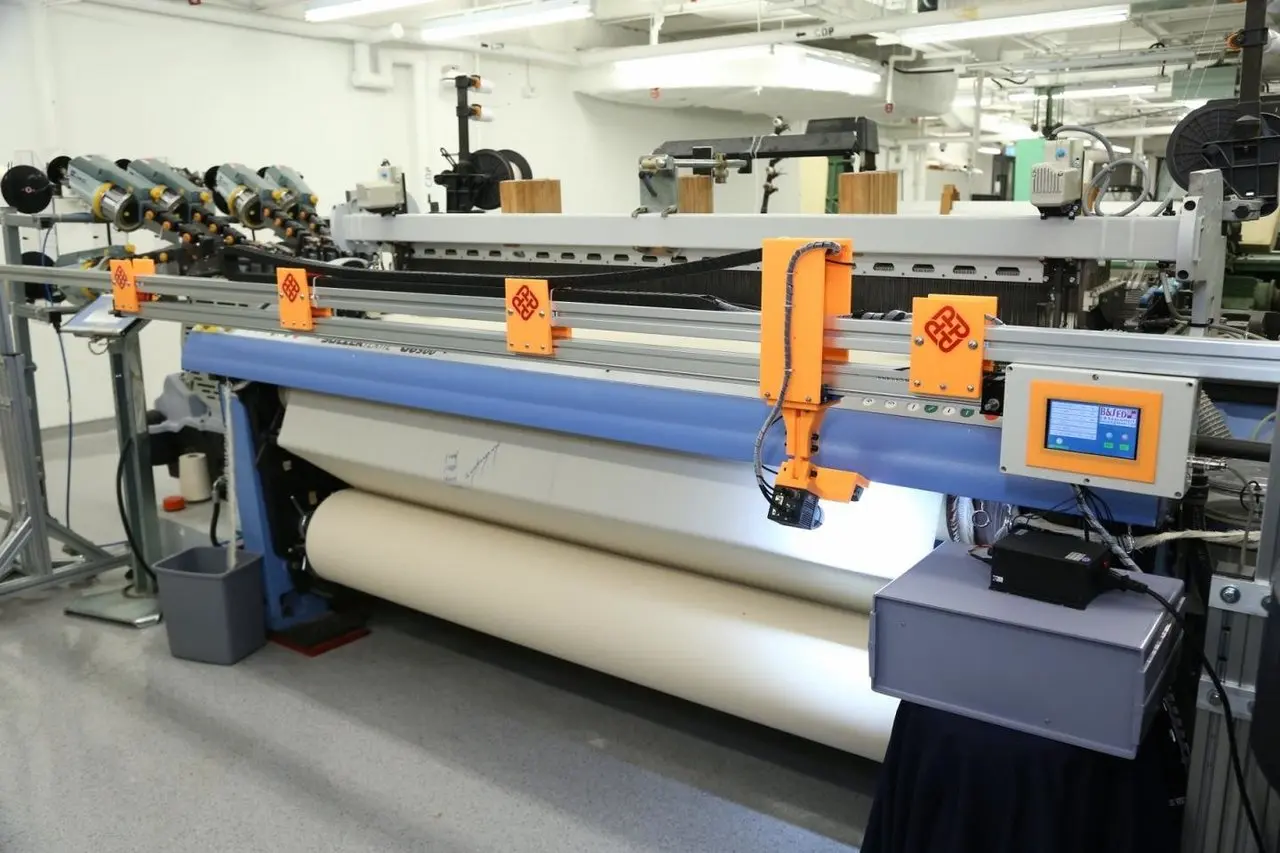Textile manufacturing has long been a cornerstone of American industry, shaping the nation’s economic growth and innovation. From historic cotton mills to cutting-edge sustainable fabric production, textile manufacturers in the United States continue to play a vital role in both domestic and global markets.
Historical Context of U.S. Textile Manufacturing
The textile industry in the United States has roots dating back to the early 19th century, notably flourishing during the Industrial Revolution. Towns across New England, such as Lowell and Manchester, became hubs of textile production, powered by water-driven mills. Over time, the industry expanded into the southern states, leveraging abundant cotton supplies and contributing significantly to regional economic development.

Key Products and Specializations
U.S. textile manufacturers produce a wide range of products, including:
- Apparel Fabrics: High-quality textiles for clothing, including cotton, wool, denim, and synthetic blends.
- Technical Textiles: Specialized fabrics designed for industrial and medical applications, such as protective gear, automotive interiors, and healthcare products.
- Home Textiles: Bedding, towels, upholstery, and other household fabrics that combine comfort, durability, and aesthetic appeal.
- Military and Government Textiles: Robust and durable fabrics specifically engineered to meet stringent military specifications for uniforms, tents, and protective gear.
Innovation and Sustainability
Modern U.S. textile manufacturers are leaders in innovation, investing heavily in research and development to produce advanced materials. Sustainability has become a significant focus, with manufacturers adopting eco-friendly practices such as water conservation, recycling, and the use of organic and recycled fibers. Companies are increasingly committed to reducing their environmental footprint while maintaining high-quality production standards.
Economic Impact of the Textile Industry
The textile manufacturing industry significantly contributes to the U.S. economy by employing hundreds of thousands of people across the country. It supports local economies, especially in rural and historically industrial regions, and provides a robust supply chain for numerous related industries, including fashion, automotive, healthcare, and defense.
Challenges and Opportunities
U.S. textile manufacturers face various challenges, including global competition, fluctuating raw material costs, and evolving consumer preferences. However, these challenges also present opportunities. Manufacturers who embrace innovation, sustainability, and technological advancements position themselves competitively in the global market.
Leading Textile Manufacturing States
Several states stand out as leaders in textile manufacturing:
- North Carolina: Known for its historic textile mills and contemporary production facilities, particularly in technical textiles.
- Georgia: A major hub for carpet and flooring textiles, home to numerous large-scale manufacturers.
- South Carolina: Renowned for producing apparel fabrics and automotive textiles.
- California: Leading in sustainable fashion textiles and innovative fabric technologies.

The Future of U.S. Textile Manufacturing
Looking ahead, the future of American textile manufacturing appears promising. Continuous advancements in textile technology, a growing emphasis on sustainability, and renewed interest in domestically-produced goods provide a solid foundation for growth. U.S. manufacturers are well-positioned to leverage their expertise, innovation, and commitment to quality to maintain a competitive edge in the global textile industry.
As a textile manufacturer myself, I am proud to be part of this dynamic and evolving industry. Our commitment to quality, innovation, and sustainability reflects the broader values of the American textile manufacturing community, ensuring we continue to meet and exceed the expectations of consumers and industries worldwide.


Leave a Reply